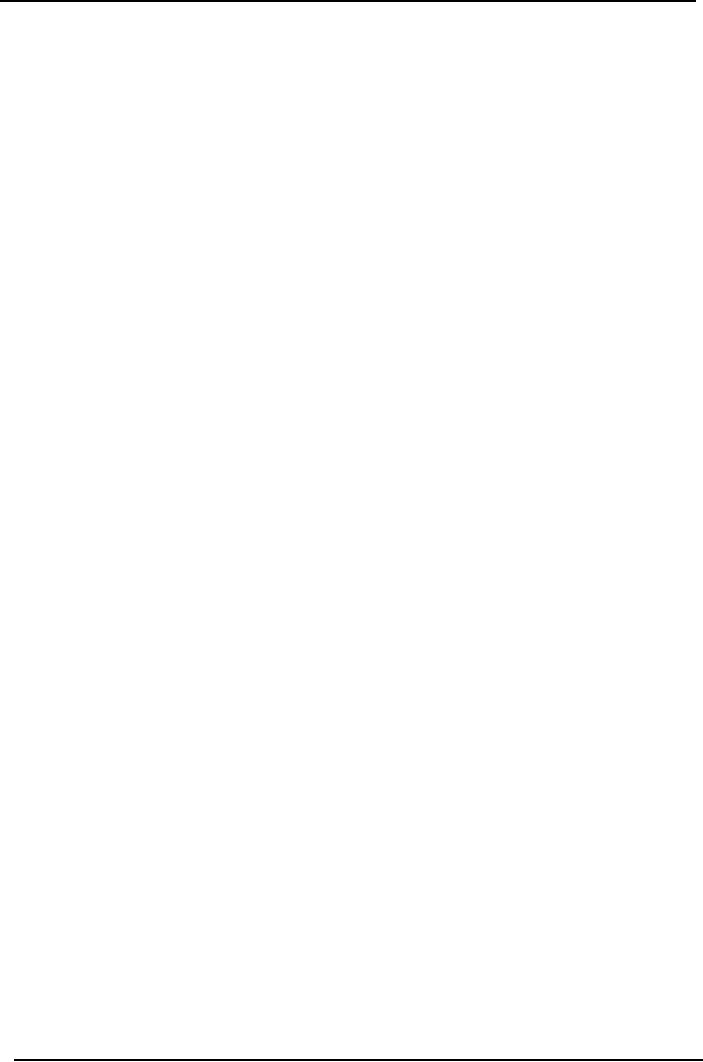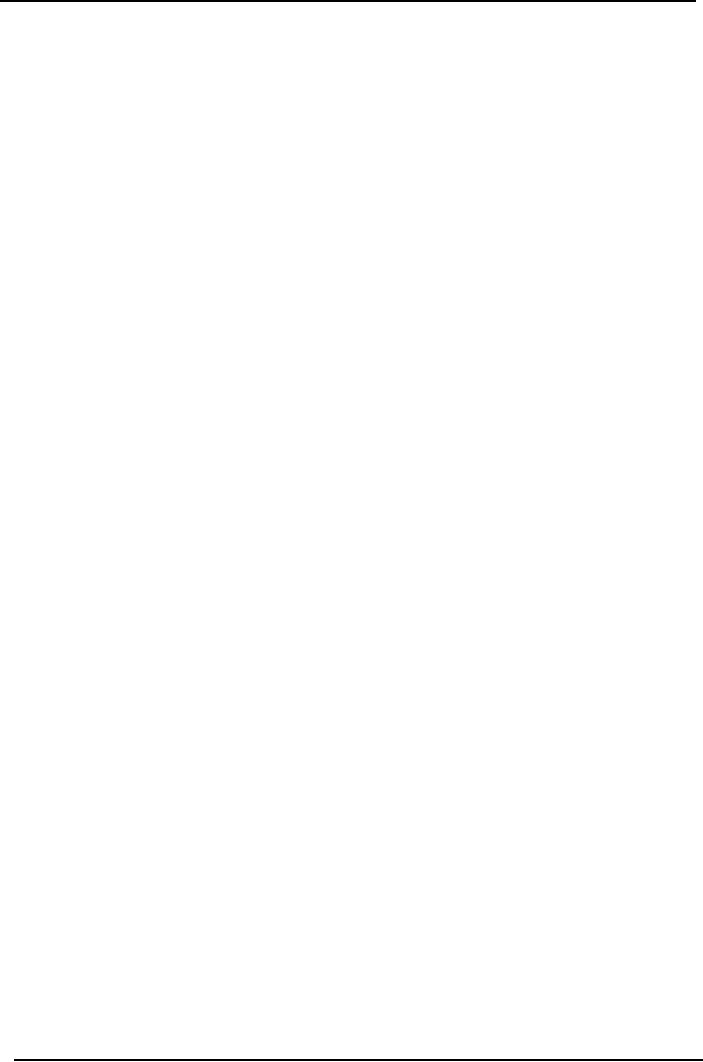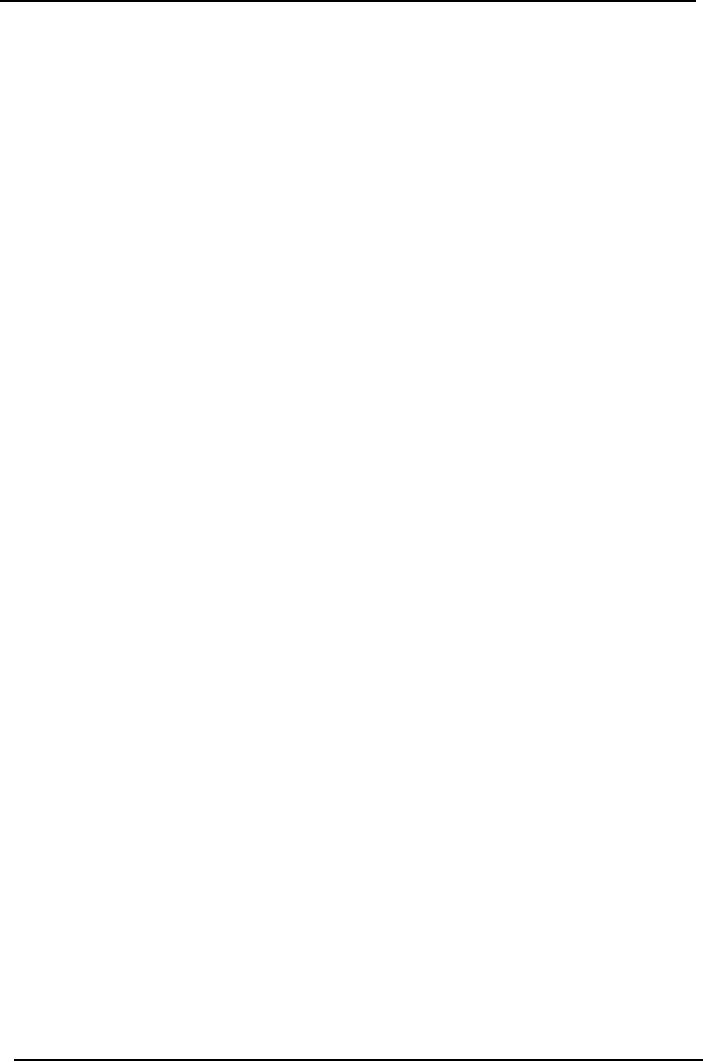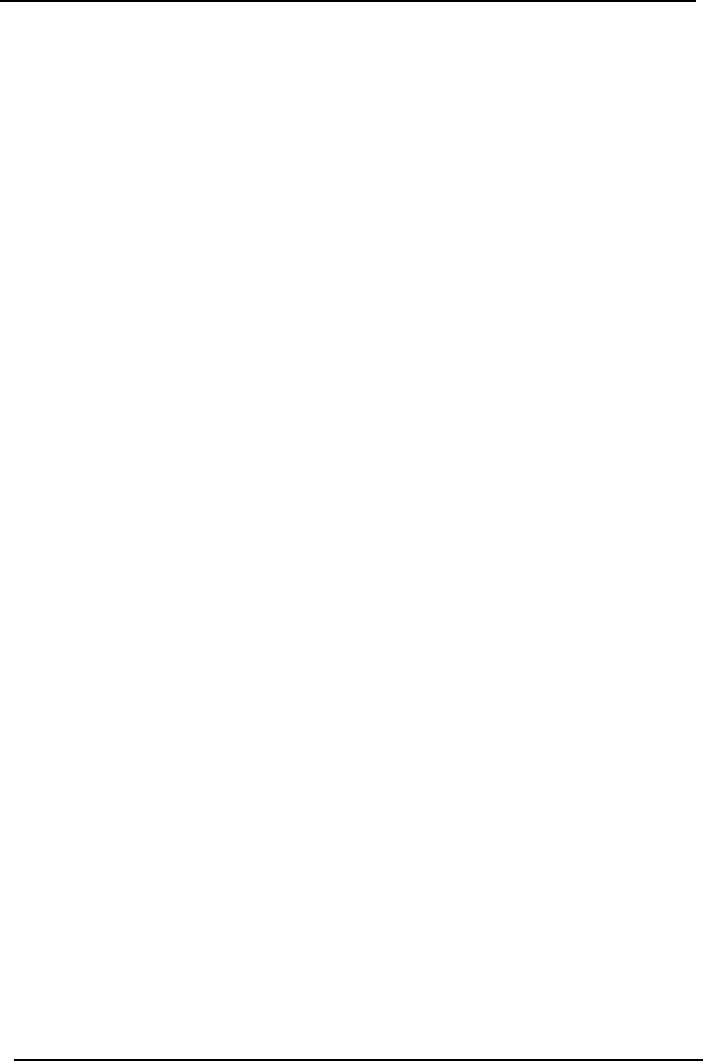 |

Theories
of Communication MCM 511
VU
LESSON
09
MCQUAIL'S
FOUR KINDS OF
THEORIES
Social
science is controversial because it
suggests causal relationships between
things in the
environment
people's attitudes, values and behaviors.
Society and media relationship is a
causal
relationship.
Theory
is any set of ideas which
can help make sense of a
phenomenon, guide action or predict
a
consequence.
Theories
help us understand or explain
phenomena we observe in social
world. They are the net
with
which
we catch the world or the way in which we
sense of the social
life.
Theories
are stories about how and
why events occur...
Scientific theories begin with the
assumption
that
the universe, including the social
universe created by acting human beings,
reveals certain basic
and
fundamental
properties that explain the ebb and
flow of events in specific
process. Theory is
also
defined
as scholars' best representation of some
state of affairs based on
systematic observation.
According
to McQuail there are four
kinds of theories
1.
Social scientific
theory
2.
Normative theory
3.
Operational theory
4.
Everyday theory
Social
scientific theory
�
These
theories are based on and guide
empirical research
�
Permit
statements about nature, workings and
effects of mass communication
�
These
statements or hypothesis are tested by
making systematic and
objective observations
regarding
mass media, media use and media
influence.
�
E.g.
TV and aggression link.
Normative
theory
�
This
form of theories explains how
ideal media ought to operate within a
specific system of
social
values.
�
Such
theory usually stems from
the broader social philosophy or ideology
of a given society.
�
E.g.
theories of the press's role in a democracy
would most likely fit
here as would theories of
media
in an Islamic republic or an
authoritarian.
Operational
theory
�
This
kind of theory is normative
but with a practical
bent.
�
It
involves not holy HOW media
should ideally operate but
how they CAN operate to
meet
specific
ends.
�
Such
as how to select news,
please audience, effective advertising
keep within the limits of
what
society permits and relate
effectively to sources and
audiences
Everyday
or common-sense theory
�
This
refers to the knowledge we all have from
our long experience with media
which enables us
to
understand what is going
on,
�
How a
medium might fit into
our daily lives,
�
How
its content is intended to be read,
how we like to read
it
�
What
are differences in different media (genre
in content).
�
On the
basis of such theory we make
consistent choices from
tastes and make judgments.
�
This
affects the media influence on the
individuals
�
This
causes public debate about
the media
26

Theories
of Communication MCM 511
VU
Other
commentators on mass communication have
suggested other means of understand
about mediated
communication.
Critical
theory
�
A
loose confederation of ideas held
together by a common interest
in
the
quality
of
communication
and human life
�
Concerned
with inequality and oppression
�
They
not only observe they
also criticize
�
Concerned
with the conflict of interest in the
society and the
�
Ways
communication perpetuates domination of
one group over
another
�
Media
effects a historical perspective
�
History
of the scientific study of Media
effects.
Media
effects - a historical
perspective
�
Examine
the concern for media effects in
historical perspective and the historical evidence
for
actual
media effects on opinions and behaviors
since the invention of the printing
press.
�
The
society's elite which recognized
potential societal influences from
exposure to the printed
word.
Such as the religious and the government
elites that is why:
1.
used the press to for their
own ends
2.
attempted to censorship
3.
control publications and thereby silence
opposition voices
4.
Such fears even exist today
in totalitarian societies, in which
leaders suppress or
control
media
to maintain power.
In
1559, Pope Paul IV issued an
Index of Prohibited Books
which included Protestant
books along with
occult
and pornography books and opposition
books---- Martin Luther
defied the pope and used the
printing
press to spread Reformation
literature to the masses.... And so
rebels and imprisonment and
punishments.
In the 16th century King Henry VII
felt so threatened that he prosecuted
those who
published
material offensive to the crown.
Insisted on licensing and held
English press under
strict
control.
In late 1700s in the United
States Benjamin Franklin ---
Philadelphia `Aurora'--leading
voice
for
the cause of Republicanism in the United
States.
So
press affects the `public opinion'. A
judge said that:
"Give
to any set of men the
command of the press and
you give them the
command of the country,
for
you
give them the command of
public opinion, which commands
everything."
Public
concern for "indecent'
material
�
Concern
for the ill effects of media violence and
sexually explicit
material
�
In the
early 19th century `penny
press'--reports on the activities of
arrested thieves,
drunks
prostitutes
and other miscreants and low
lives of society became
immensely popular among
many
readers and so became a target of
extreme criticism.
�
Sensationalism
promoted
�
Competitors
in print
�
So on
several occasions angry readers attacked
the press---"moral war"
It
was in the later half of the
19th century when new
technologies and the spread of literacy
made
possible
the development of remarkable new
forms of communication mass
communication. New
media
technologies were invented and
popularized and apprehensions were
that:
New
technology would disrupt
peaceful, rural
communities
Force
people to in urban areas to
serve as a convenient work
force in large
factories,
mines
or bureaucracies
For
some mass media symbolized
every thing that was
wrong in the urban
life
Media
lowered class tastes
Brings
political unrest
27

Theories
of Communication MCM 511
VU
Violated
cultural norms
The
old social order of the landed
aristocracy was crumbling an was
its culture and
politics
�
Dominant
perspective that emerged during
this period was of
mass
society theory. Among
the
originators
of mass society notions was
a German sociologist, Ferdinand Tonnies.
He tried to
differentiate
between the earlier form of social
organization and the European society as
it
existed
in the late 19th century. The two
terms he used were:-
1.
Gemeinshaft or folk
society
2.
Gesellshaft or modern, industrial
society
Gemeinshaft
or folk society
People
were bound by strong ties of family,
tradition, rigid social roles-
basic social institutions were
very
powerful---- he argued that folk
society yearn for the order
and meaning and they often
find life in
modern
societies to be troublesome and without
meaning. in Modern or industrial
societies people are
often
bound by relatively weak social
institutions base upon
rational choices rather than
tradition.
French
Sociologist, Emile Durkheim
also offered more or less a
similar theory about the
dichotomy in
the
society.
1.
Mechanical solidarity- compared
folk societies to machines in
which people were little more
than
cogs.
The machines are ordered and
durable, but people were
forced by collective consensus to
perform
traditional
social roles--bound by consensus to one another
like the parts of a great
engine.
2.
Organic solidarity- he compared
the modern social orders to animals. As they
grow, animals
undergo
profound changes in their
physical form. The animals
are made up of cell and cell
serve very
different
purposes and also undergo
changes. Similarly in modern social
orders the people grow
and
changes
along with the society at
large- for their survival.
So organic solidarity is characterized
by
specialization,
division of labor and interdependence and in
this regard media role was appreciated
to
permit
important new social bonds
formation.
Later
the ails (decline of common morality) of
the society must be cured by social
pathologist-
sociologists-
not by reverting to old
social orders but
scientifically chosen forms would
solve the
problems
inherent in modernity.
Characteristics
of the mass society and
mass audience
Large
number
Widely
dispersed
Non-interactive
and anonymous
Heterogeneous
Not
organized or self
acting
And
so the theory made a several basic
assumption about individuals and the role
of media and the
nature
of social change.
1.
first assumption was that media is
cancerous force within
society and must be purged
or
totally
restructured- govt control Nazi-
BBC--also George Orwell
novel in 1948
`1984'
Big brother watches every
one, televised propaganda was used to
foment hatred
against
external enemies and promote
love of Big Brother
2.
Media have the power to
reach out and directly
influence the minds of average
people-
direct
effects assumptions usually
negative- average citizens are
portrayed as helpless
and
are being manipulated by the
power of the media e.g. violence on TV, or in
comics
or
heavy metal music and
average teenagers
3.
once peoples minds are
corrupted by media, all sorts of bad,
long-term consequences
result-bringing
not only ruin to individual
lives but also certain
social problems on a
28

Theories
of Communication MCM 511
VU
vast
scale-every social problem is attributed to the media
e.g. teenage delinquents
disaffected
housewives- seeing to many soap
operas- drug addicts
4.
Average people are
vulnerable to media because they have
been cut off and
isolated
from
traditional social institutions
that previously protected them from
manipulation.
The
argument is, in modern societies when an
individual is isolated and is striped
off
his
traditional protective family
structures provided by the traditional
community he
started
believing whatever media communicated to them.
Media became the most
trusted
and valued source of messages
about politics, entertainment,
religion, education
and
on and on e.g. story telling replaced by
movies, television and
videos.
5.
Mass media inevitably debase higher
forms of culture, bringing
about a general decline
in
civilization.
This
criticism was held by
Western cultural and educational
elites- in decades following
the
enlightenment
(18th century European social and
Philosophical movement that stressed
rational thought)
these
elites thought themselves as responsible
for nurturing and promulgating
higher forms of culture,
not
only within their own
societies but also around
the world. (White, male, western, protestant)
so
media
was viewed as a threat to
high culture- e.g. rather than
glorifying gangsters highlight great
leaders
or
religious leaders etc. media
should not lower people
tastes by giving them what
they want but
should
give
what they need.
(BBC)
29
Table of Contents:
- COMMUNICATION:Nature of communication, Transactional approach, Communication is symbolic:
- THEORY, PARADIGM AND MODEL (I):Positivistic Perspective, Critical Perspective
- THEORY, PARADIGM AND MODEL (II):Empirical problems, Conceptual problems
- FROM COMMUNICATION TO MASS COMMUNICATION MODELS:Channel
- NORMATIVE THEORIES:Authoritarian Theory, Libertarian Theory, Limitations
- HUTCHINS COMMISSION ON FREEDOM, CHICAGO SCHOOL & BASIC PRINCIPLES OF SOCIAL RESPONSIBILITY THEORY
- CIVIC JOURNALISM, DEVELOPMENT MEDIA THEORY & DEMOCRATIC PARTICIPANT THEORY
- LIMITATIONS OF THE PRESS THEORY:Concentration and monopoly, Commercialism
- MCQUAIL’S FOUR KINDS OF THEORIES:Social scientific theory, Critical theory
- PROPAGANDA THEORIES:Origin of Propaganda, Engineering of Consent, Behaviorism
- PARADIGM SHIFT & TWO STEP FLOW OF INFORMATION
- MIDDLE RANGE THEORIES:Background, Functional Analysis Approach, Elite Pluralism
- KLAPPER’S PHENOMENSITIC THEORY:Klapper’s Generalizations, Criticism
- DIFFUSION OF INNOVATION THEORY:Innovators, Early adopters
- CHALLENGING THE DOMINANT PARADIGM:Catharsis Social learning Social cognitive theory
- SOCIAL COGNITIVE THEROY:Symbolizing Capacity, MODELLING
- MODELING FROM MASS MEDIA:Recent research, Summary, PRIMING EFFECTS
- PRIMING EFFECT:Conceptual Roots, Perceived meaning, Percieved justifiability
- CULTIVATION OF PERCEPTIONS OF SOCIAL REALITY:History
- SYSTEMS THEORIES OF COMMUNICATION PROCESSES:System
- EMERGENCE OF CRITICAL & CULTURAL THEORIES OF MASS COMMUNICATION
- REVISION:Positivistic perspective, Interpretive Perspective, Inductive approach
- CRITICAL THEORIES & ROLE OF MASS COMMUNICATION IN A SOCIETY -THE MEDIATION OF SOCIAL RELATIONS
- ROLE OF MASS MEDIA IN SOCIAL ORDER & MARXIST THEORY:Positive View
- KEY PRINCIPLES USED IN MARXISM:Materialism, Class Struggle, Superstructure
- CONSUMER SOCIETY:Role of mass media in alienation, Summary of Marxism
- COMMUNICATION AND CULTURE:Neo Marxism, Characteristics of Culture
- HEGEMONY:What exactly is the meaning of "hegemony"?
- CULTURE INDUSTRY:Gramscianism on Communications Matters
- POLITICAL ECONOMIC THEORY I:Internationalization, Vertical Integration
- POLITICAL ECONOMIC THEORY II:Diversification, Instrumental
- POLITICAL ECONOMIC THEORY III:Criticism, Power of Advertising
- AGENDA SETTING THEORY:A change in thinking, First empirical test
- FRAMING & SPIRAL OF SILENCE:Spiral of Silence, Assessing public opinion
- SPIRAL OF SILENCE:Fear of isolation, Assessing public opinion, Micro-level
- MARSHALL MCLUHAN: THE MEDIUM IS THE MESSAGE AND MASSAGE
- KNOWLEDGE GAP THEORY:Criticism on Marshal McLuhan
- MEDIA SYSTEM DEPENDENCY THEORY:Media System Dependency Theory
- USES AND GRATIFICATIONS THEORY:Methods
- RECEPTION THEORY
- FRAMING AND FRAME ANALYSIS:Information Processing Theory, Summing up
- TRENDS IN MASS COMMUNICATION I:Communication Science, Direct channels
- TRENDS IN MASS COMMUNICATION II:Communication Maxims, Emotions
- GLOBALIZATION AND MEDIA:Mediated Communication, Post Modernism
- REVISION:Microscopic Theories, Mediation of Social Relations